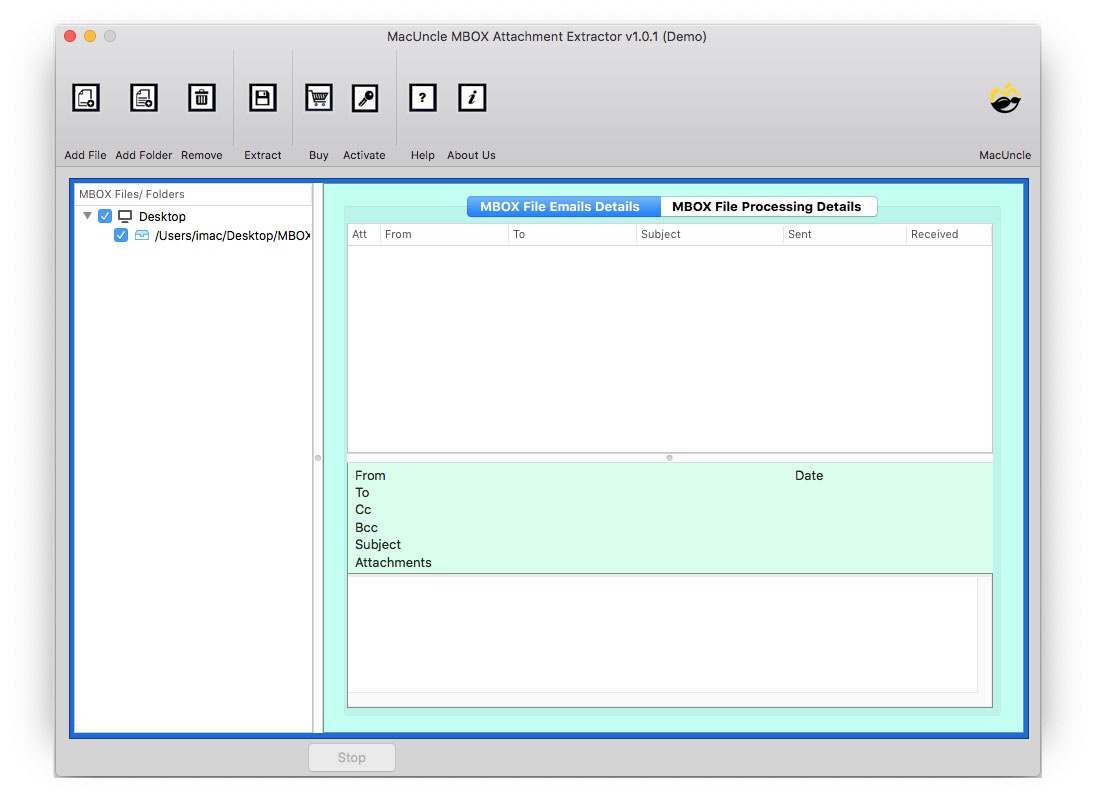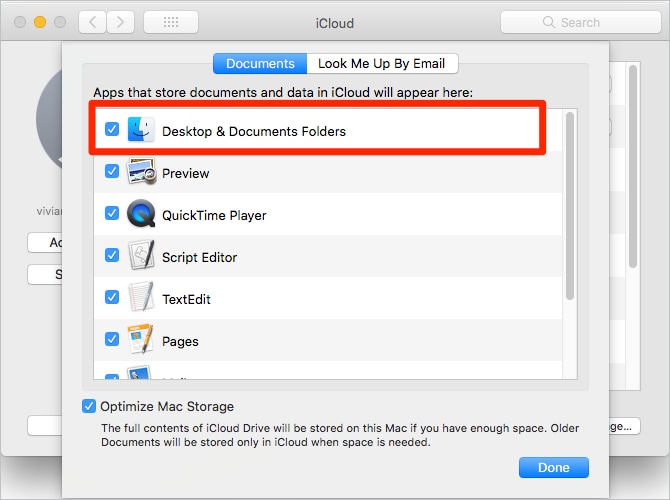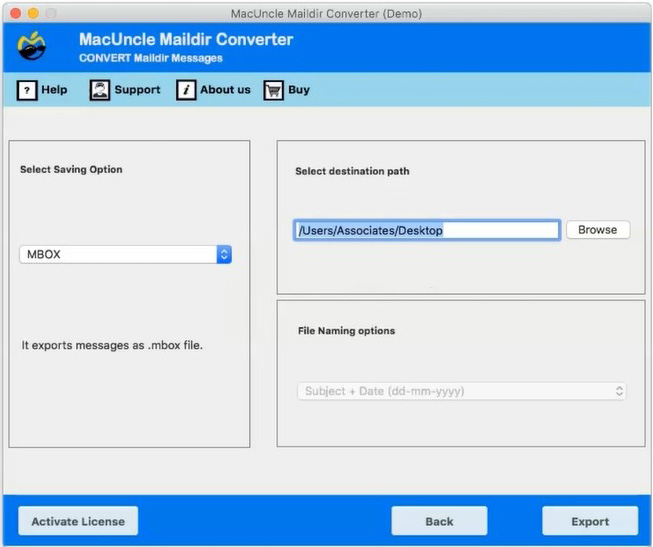

- #HOW DO YOU SEARCH FOR FILES WITH >MBOX IN OSX MAC OS X#
- #HOW DO YOU SEARCH FOR FILES WITH >MBOX IN OSX MAC#
Wait a day or so between each one, and make sure you have each one running smoothly before enabling the next one. First Notes, then Calendar, then Address Book. My recommendation is to enable synchronization one item at a time.
#HOW DO YOU SEARCH FOR FILES WITH >MBOX IN OSX MAC#
Mac account and set up that synchronization separately. You’re actually talking to Sync Services.Mac only gets involved if you have a. Finally, even though it would seem that you’re only synchronizing with. Along those lines, while you can turn on Sync Services for all three at once, I highly recommend you don’t, just to make dealing with any potential problems easier. From what I’ve seen, tying Exchange information to Sync Services is more problematic than using local information, so if you are going to use Exchange data with Sync Services, be careful. For Address book and Calendar, you can also opt to synchronize either your local Entourage Contacts and Calendar/Task info, or the Exchange versions (if you have an Exchange account). You can choose to synchronize everything, as I do, or whatever combination of the three options you like. With Sync Services, the idea is that rather than trying to get every contact application to directly fiddle with Address Book’s database or iCal’s files, or Mail’s settings, they just share data via a central management system and repository.

This took the original idea of iSync, and expanded it from a single application to an OS-level framework that anyone can tie into.
#HOW DO YOU SEARCH FOR FILES WITH >MBOX IN OSX MAC OS X#
With Mac OS X 10.4, Apple introduced the Sync Services framework. Again, you don’t have to be an AppleScript or Entourage genius to use the information in this article, but if you are not comfortable with rules, complex schedules, or using (not creating) AppleScripts, then you should have someone who is more comfortable with those things help you out. But rather than just say “do this, do that, and life will be good”, I’m going to try to give you some of the why behind the how and the what. It looks simple, and if you know your way around Entourage, it really is.

If you want the data, well, you have quite a few options, most of which don’t require third-party products. However, there’s an issue there that many overlook: There’s a difference between the Entourage Database itself and the data in that database. And when you’re talking about video, Entourage’s database is tiny indeed by comparison.īut just because there are problems out there other than Entourage doesn’t mean that backing up Entourage isn’t a problem. Photoshop, Illustrator, Final Cut Studio, Premiere Pro, FileMaker Pro, and many others create huge files that may only change slightly, yet still have to be backed up in their entirety if you’re doing a file-level backup.

To be fair, Entourage is not the only application with this issue. The end result: when even a single new message pops into your Entourage database, Time Machine must back it up in its entirety, rapidly filling up your backup drive. Time Machine backs up files, and can’t look inside them or back up the changes within a file. Entourage’s mail database is a single large file. The way Microsoft Entourage and Apple’s Time Machine are designed puts them on a collision course.


 0 kommentar(er)
0 kommentar(er)
